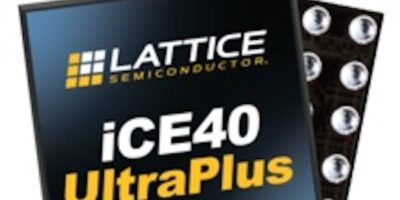Lattice explains how single wire aggregation IP reduces connector count
To reduce the number of physical connectors needed to link components and boards in systems, Lattice Semiconductor has announced a single wire aggregation (SWA) IP to reduce overall system size and bill of materials (BoM) cost in industrial, consumer, and computing applications.
According to Lattice Semiconductor, the IP allows developers to use low power, small form factor Lattice FPGAs to reduce the number of board-to-board and component-to-component connectors in embedded designs to increase reliability and reduce overall system footprint and cost.
The connectors used to link circuit boards and modules in electronic systems are expensive and take up valuable space in devices with space-limited form factors. Over time they can degrade and adversely affect system reliability, says Lattice. Additionally, routing signals between multiple connectors on space-constrained circuit boards can create design challenges that increase overall time to market.
“The solution is a strong fit for both novice and expert FPGA developers,” says Hussein Osman, market segment manager at Lattice. “Its pre-configured bitstreams help those new to FPGA-based design quickly configure an SWA application without requiring HDL coding experience, while the solution’s support for expanded parameterisation makes it easy for FPGA experts to combine the Lattice SWA bitstreams with their own HDL code,” he added.
Based on the low power, small in size Lattice iCE40 UltraPlus FPGA, the SWA IP provides everything to implement a single wire interface capable of aggregating multiple common I/O (I2C, I2S, UART and GPIO) data streams between components and circuit boards in a system. Lattice currently offers a choice of aggregated I/O configurations in pre-configured bitstreams for fast application prototyping.
Options include two I2S, an I2C peripheral, an I2C controller, and eight GPIO signals, another option is six I2C controller and two GPIO signals. There is also an I2C controller and 12 GPIO signals options, or three I2C controllers, two I2C peripherals and 15 GPIO signals. Finally there is the choice of one I2S, one I2C controller, one I2C peripheral and eight GPIO signals.
Customised configurations can also be sourced directly from Lattice technical support at no charge.
The board is available for purchase at Lattice’s online store.
Lattice Semiconductor specialises in low power programmable devices. It solves customer problems across the network, from the edge to the cloud, in the growing communications, computing, industrial, automotive and consumer markets.




